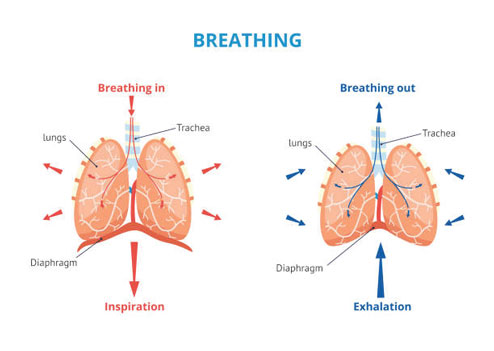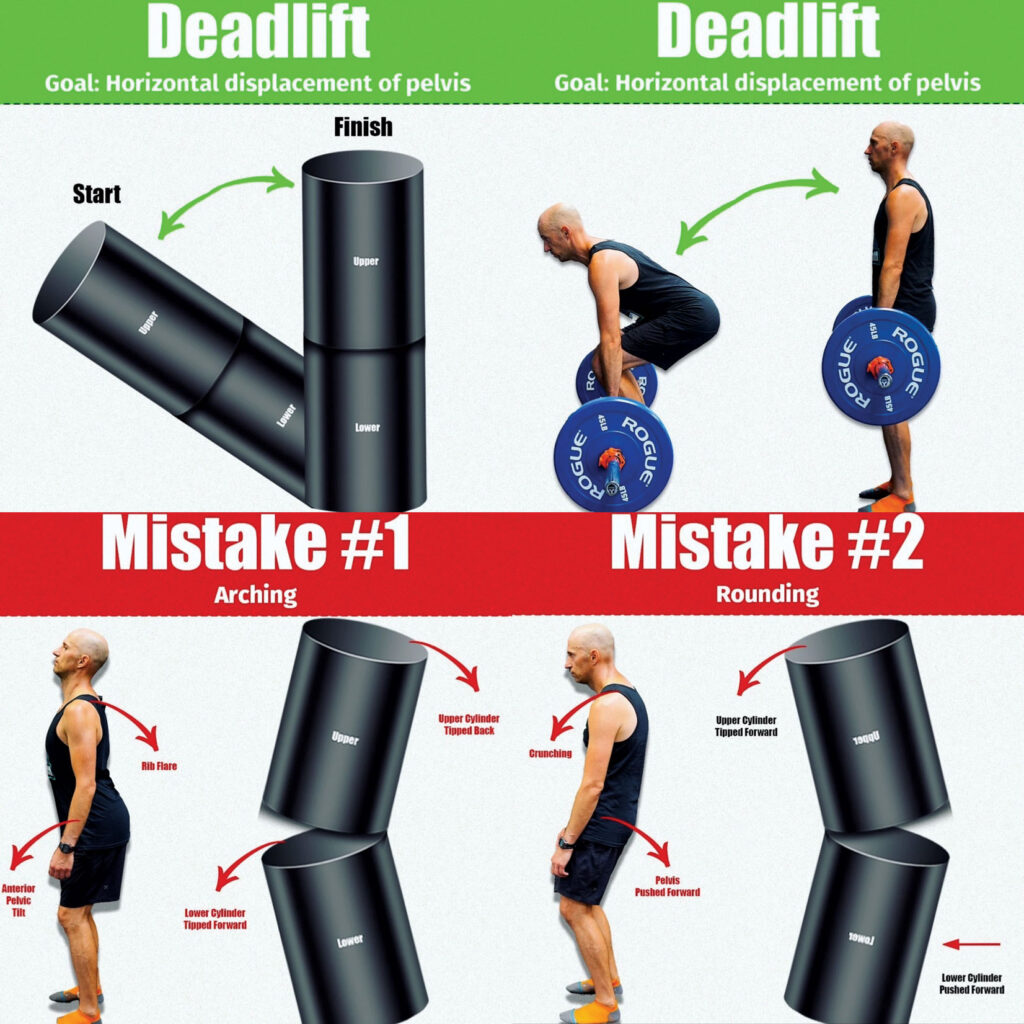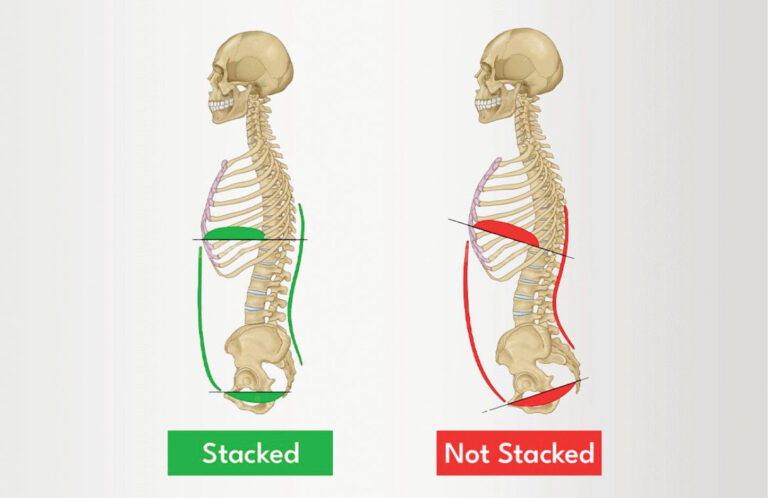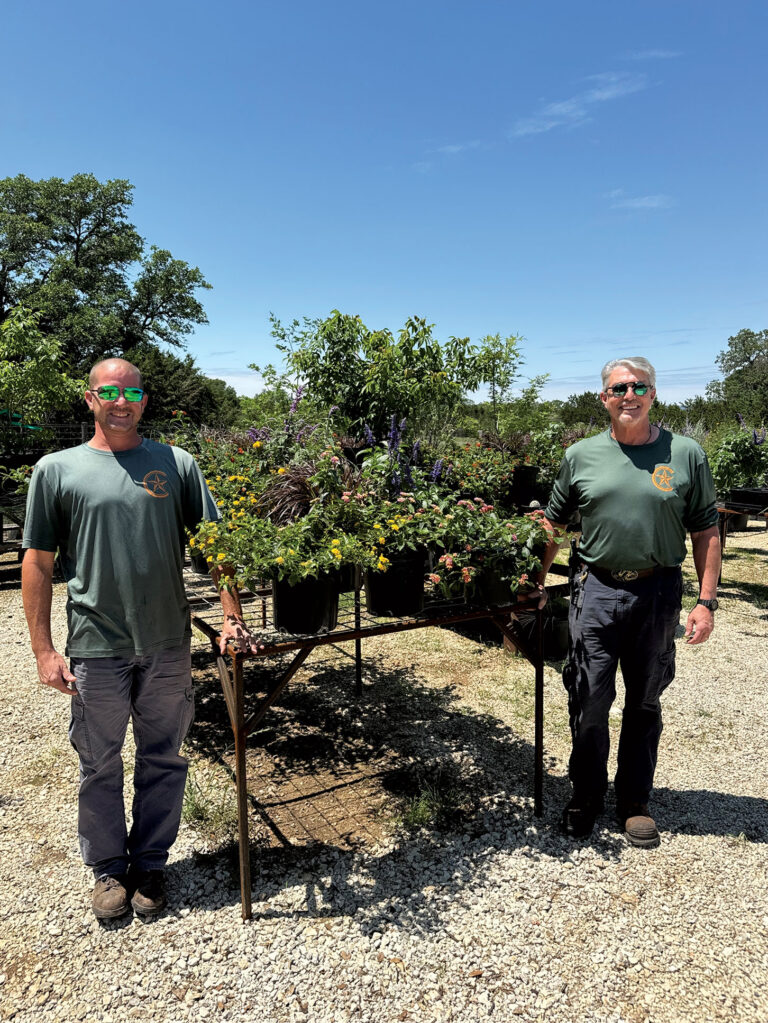By:
Laci Weeks, Personal Trainer
Images Courtesy Of:
Zac Cupples
Let's travel back to the 80s and 90s, shall we? I'm sure you remember all the infomercials marketing building "abs of steel." I hate to break it to you, but they were selling you snake oil. Building a strong torso and a functioning core isn't about that at all. You don't want to make your torso into something stiff and rigid. Your torso needs to be able to move and flow and manage pressure accordingly to support you through the vast array of positions necessary to navigate life easily.
What makes a strong torso?
The torso is more than the “abs” or “core” muscles. When we build a strong torso, we’re focused on the diaphragm muscle, the abdominal muscles, the pelvic floor muscles (aka the pelvic floor diaphragm — it supports your torso from below), the muscles that lie between each rib of your ribcage, your chest muscles, as well as accessory breathing muscles like the muscles of your neck, and ribcage itself. When you think about a strong torso, picture everything from the neck to the bottom of the pelvis.
The STACK
Strength can be demonstrated in many ways, but finding and maintaining a stacked position of the skeletal structures and torso muscles is imperative when building a strong torso. Why? Because you want to breathe correctly, move efficiently, and manage the internal pressure necessary to withstand external forces. The STACK position aims to create a harmonious relationship between the thoracic and pelvic diaphragms, providing the ability to maintain and control intra-abdominal pressure.
Internal Pressure AKA Pressure Management
Internal pressure is managed by your body through muscle contractions so that the internal pressure of your torso changes to meet the external pressures without breaking down under them. Examples of pressure changes are using the toilet, lifting weights and sneezing. When the internal pressure is at least as strong as the external pressure, your torso can maintain its strength and integrity. When not, things like hernias, pelvic floor prolapse, urination during activity and muscle strains occur. And it’s so much easier to maintain internal pressure when you have a good stacked position of your skeleton and have muscular strength to maintain that STACK as you move.
“Movement is about shape change — we change by expanding and compressing areas of the body. Movement will occur in areas of the body that we can expand, and movement will be limited in areas of the body that, for some reason, we have compression.” – Dr. Michelle Boland
What is The STACK?
To picture the stacked position of your skeletal structures, imagine three cylinders stacked on top of each other: a small one on top, a big one in the middle, and a medium one down at the bottom. The small top cylinder represents your head, the middle represents your ribcage, and the bottom represents your pelvis. Let’s call these three cylinders your three chambers (the proximal body structures).
“The proximal body structures of the body, such as the rib cage and pelvis, can greatly enable or restrict movement.” – Dr. Michelle Boland
The image above represents The STACK. The image on the right represents what I refer to as the open scissor position. Positional stacking of the thorax and the pelvis provide an anchor of movement; without the stack, you have power leaks and restrictions.
The STACK position is achieved and controlled through exhalation, NOT by forcing the position through muscular tension. The exhale sets the lower ribcage, closing the space between the anterior ribs and hips without losing height (dropping chest). As you inhale, all three chambers should expand. Then, as you exhale, all three chambers should compress. The STACK position allows us to change pressure gradients and move air, fluids and organs. Proper management of movement at our center (ribcage and pelvis) will allow you access to more movement throughout your body. Movement requires that you generate force in your limbs to walk, push, pull, go up stairs, sit down, get up, twist, bend or play a sport. It also requires that you coordinate the motion of your joints and manage the varying changes to muscle tension and muscle lengths required for you to move joints so that you can move as a functional unit that can accomplish the task at hand. So, if you want to gain more range of motion in your shoulders or hips, get STACKed!
What does efficient respiration mean?
Efficient respiration means that the structures that normally coordinate breathing move into the right place at the right time to do the right thing. Ideally, your ribcage can expand in all directions: front, sides and back. You can compress all the way as you exhale, which the abdominals assist with so that the diaphragm can be in an optimal position for the next breath you take. Finally, your pelvic floor will be able to descend downward and in harmony with your diaphragm up in your ribcage as you inhale and then have it ascend again as you exhale. If you lose the ability to expand your ribcage fully in all directions, your body might start using your neck and shoulders to lift the ribcage so air can get into your lungs. This might work, but it’s not ideal for the long term as those muscles are not built to be the main respiratory muscles.

“Respiration then provides the ability to create expansion in the thorax and pelvis, thus providing expansion in areas of the body, within joint spaces, allowing our limbs to express pain-free movement.” – Dr. Michelle Boland
The strength in the torso comes first from putting the body into a stacked position, then using a respiratory strategy that teaches the body to breathe efficiently and effectively in that position, and finally building the muscles to support the structures in maintaining the stacked position throughout each movement you want to do in life. Then, you can layer on all of the sports and fitness training you could ever want and feel confident that you’ve built a strong base of structure and function that will be there for you to explore life!
The images below are great visuals of what good form and solid stack look like in the squat and deadlift.
Where to start?
Don’t worry; your workout isn’t just all breathing! I love to lift heavy and get after things just as much as the next person. So, I like to pair positional breathing work with strength exercises in the gym to maintain mobility and movement fidelity. Also, cueing respiration during a strength exercise is a great way to kill two birds with one stone, so to speak, and create expansion opportunities. Harnessing the power of your breath and learning The STACK will improve your speed, range of motion at the shoulders and hips, ability to rotate with power, and change levels. And this is only the tip of the iceberg of the benefits of implementing breathing into your training! Training your breath during conditioning and day-to-day life is another piece of the puzzle! I’m here to help if you have any questions and want to learn more. Hopefully, the images provided in this article gave you a good visual of what The Stack looks like and what good breathing mechanics are, but if this is all new to you, hands-on coaching will help. My specific strategies are implemented through exercise selection, cueing, coaching and pairing respiration with movement phases.
References:
Zac Cupples: https://zaccupples.com/
Dr. Michelle Boland: https://www.michelleboland-training.com/
Kate Galliett: https://fitforreallife.com/
Train Well – Live Bigger
Laci Weeks is a Personal Trainer at The Clubs of Cordillera Ranch. She can be reached at 214.681.1514 and laci@sfcfitnessandhealth.com.








